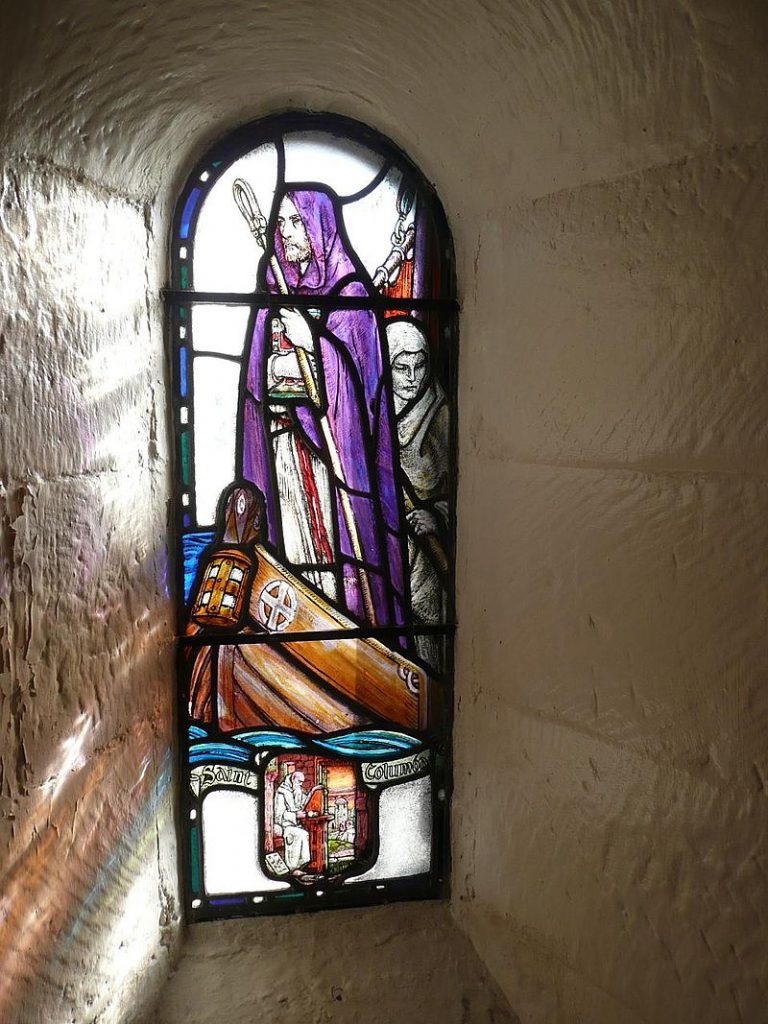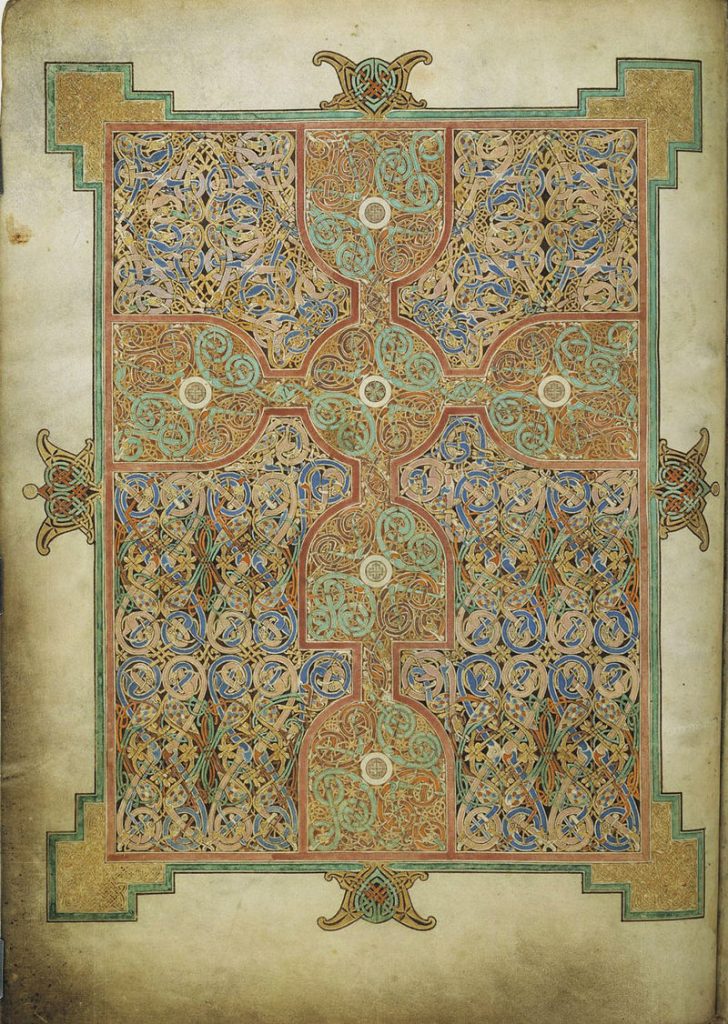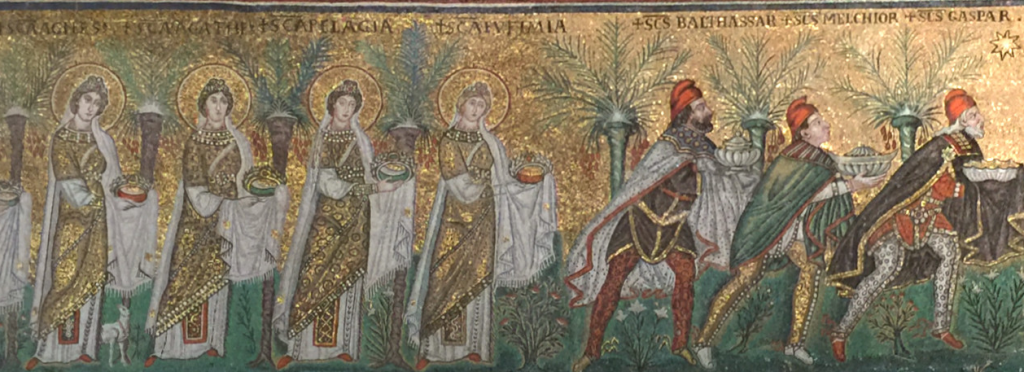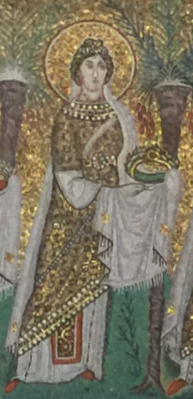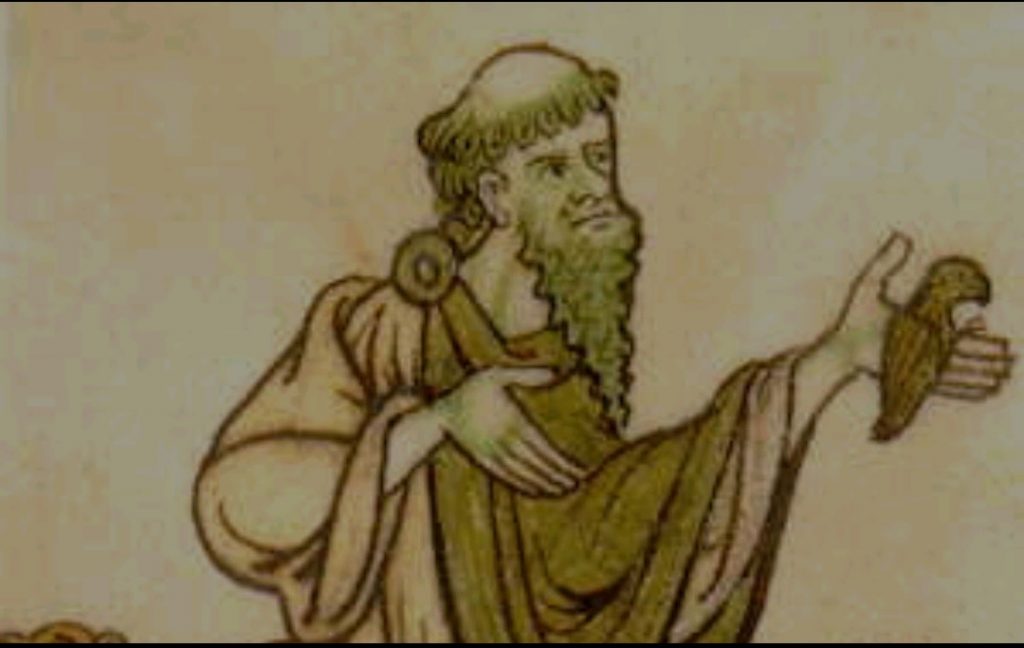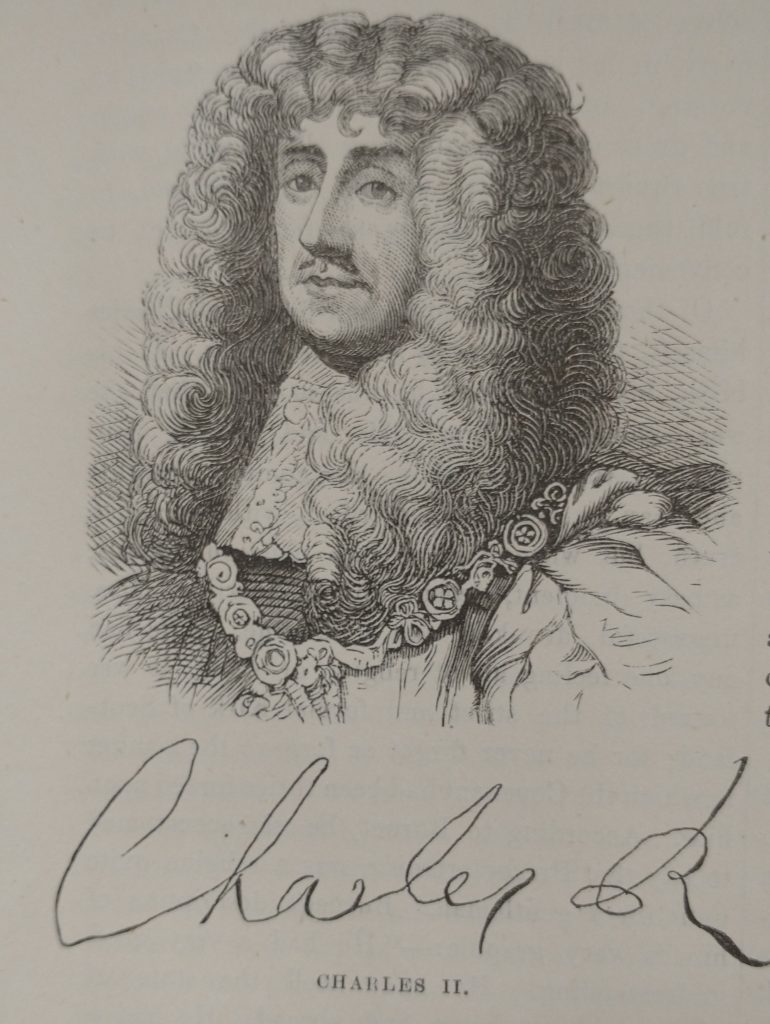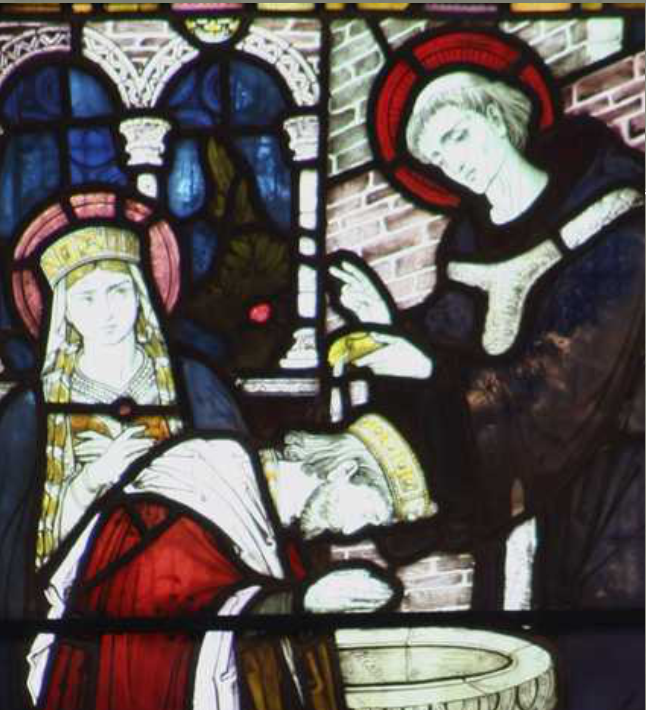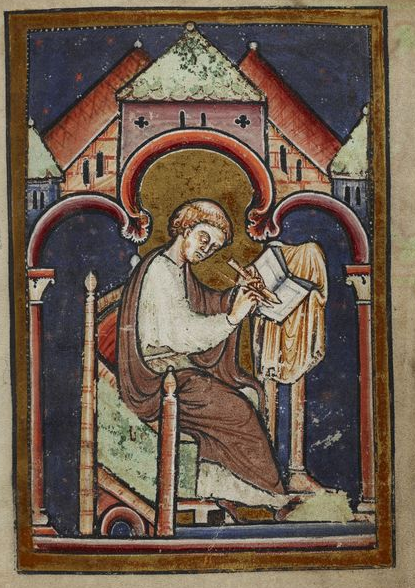
To recap. On June 14th the 1381 Rebels have control of London. They are destroying any repository of legal records they can find. People are walking the streets dispensing street justice. Foreigners who speak Flemish are being beheaded. Enemies of the people are being dragged out of sanctuary and beheaded. Properties of the leaders of the government are being ransacked and burnt.
The King is in the Tower with his advisors, fearful that the Rebels will breach the defences. I would love to be a fly on the wall of that conversation. You would think it would go something like.
‘Sire. Your safety is paramount. We will leave the castle and draw off the rebels so you can go to a place of greater safety.’
What happened is astonishing. The Royal plan was to send the 14-year-old King Richard out to draw off the rebels so that the hated Chancellor of England, Archbishop Sudbury and the Treasurer of England, Robert Hales could slip away unseen! Putting the young boy king in the direct line of fire!
There are two explanations. Hales and Sudbury were arrant cowards. Or the King was very confident of his safety and despite his youth made his advisors accept his command. This was an age where young princes took adult responsibilities early.
The King left the Tower on horse back, accompanied by two half-brothers and his mother (and others). Their reception was hostile. We have eyewitness accounts of angry rebels pulling at the King’s bridle and that of one of his attendants from the City government. The King sent his mum and brothers back to the Tower as it was too dangerous. We can only assume the King sent them back sure that the peasants did not blame him for the mess the country was in.
He went to Mile End. His clerks set up tables and began writing charters freeing the peasants from feudal duties and turning their tenure into monetary rents.
As each village received its charter, many of the villagers went home. Back at home they sometimes attacked the people who had been manipulating the legal system, believing the King had given them permission to punish the guilty.
Whether the king believed in the justness of their claim or was just placating them to gain time, we do not know. But some historians believe that the young King was sympathetic to some of their claims, until older counsel made him change his mind.
Not all the rebels followed the King to Mile End, nor went home when their charters were sealed. It is thought Wat Tyler and thousands of rebels stayed at the Tower.
They saw the Archbishop of Canterbury trying to escape. They forced their way into the Tower. Here they jumped up and down on the Queen Mother’s bed, stole armour and weapons. Then dragged Hales, Sudbury, a Franciscan Friar (William Appleton, John of Gaunt’s physician), and John Legge, a royal sergeant to the scaffold at Tower Hill and beheaded them. Their heads were put on poles and paraded around town.
When the King left Mile End he couldn’t go to the Tower so he went to Baynards Castle, near Blackfriars. We also know that, the King’s cousin, Henry Bolingbroke was in the Tower. He was the son of the hated John of Gaunt. Years later, when he was King, he acknowledged the fact that a Londoner had been instrumental in saving his life in the Tower on the 14th of June, 1381. The man was fighting charges of stealing gold from the ransacking of Gaunt’s Savoy Palace. He was given a pardon.
That night rebels remained in London, and the king’s cause had been considerably weakened.
To be continued. See also my post peasants-revolt-june-13th-1381/
First published in 2025.
.

